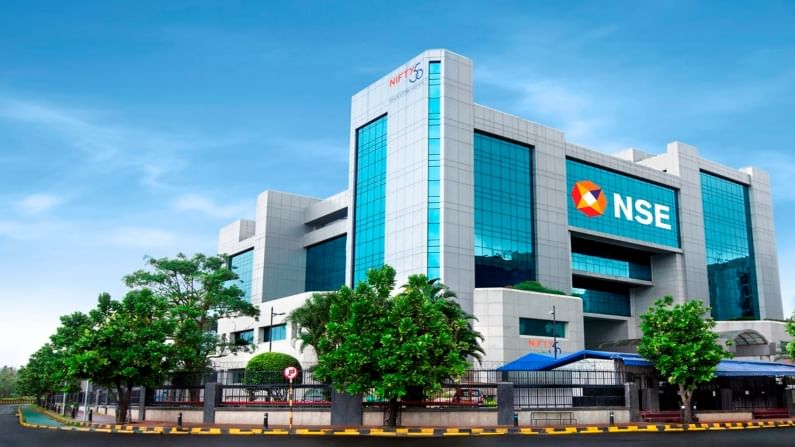What does Nifty at 16,000 mean for investors?
Investors are advised to seek out fundamentally resilient stocks and resist the urge to invest in fancy fast-moving stocks
- Nirali Shah
- Last Updated : August 7, 2021, 12:45 IST

After two months of time correction, Indian markets marched to new lifetime highs along with robust global equities which further bolstered domestic optimism. With the benchmark index surpassing 16,000 this week, the question remains, “What next?” Nifty50’s average PE (price-to-earnings) stands at 22.39x and it reached a historic high of 42x in Feb 2021 when markets attempted to exceed the 15,000 barrier for the first time. From March until now, the PE has reduced to 27 times, and the current valuation is near the top band of pre-Covid levels. What’s intriguing is that Nifty’s PE toggled in the 24-29 times bracket for around 3 years, from May 2017 to March 2020, which is a range Nifty hadn’t explored since at least 2006. This implies that though the levels are elevated, Nifty can still sustain in this range for some time as it has done in the past.
Now the abrupt drop in PE ratio can be explained via two broad premises. Firstly, there has been a change in methodology for calculating PE in Nifty 50 from standalone EPS to consolidated earnings of companies. This gave rise to a massive jump overnight but there was one other factor that justifies the drop – EPS GROWTH! Nifty has delivered a decade-high earnings growth in FY21 as an outcome of the infrastructure boom, liquidity inflows, and tech-driven supply chain efficiency which assisted the rally and will strive to do so in the future considering the level of deleveraging we are witnessing and the cash that companies are holding on to. Going ahead, capital expenditures and reinvestments could drive earnings growth through future themes such as ethanol blending, green energy, electric vehicles, and the likes. So, whilst the benchmark’s present PE may appear to be pricey, as profits climb further there will be a rerating in valuation. Instead of waiting for a downturn, investors should focus their efforts on identifying the wealth compounders of tomorrow and invest in them at every dip.
As Peter Lynch says: “More people have lost money waiting for corrections and anticipating corrections than in the actual corrections.”
Event of the week
The MPC kept repo rate unchanged for the seventh straight meet amidst fears of the third COVID-19 wave and existing uncertainty in the domestic economic landscape. In spite of concerns around inflation, interest rates were kept at historical lows to pump adequate liquidity in order to bolster economic revival. While this policy measure is the need of the moment, it cannot continue forever. If things don’t go as planned, RBI may initiate policy normalization starting with a gradual drainage of liquidity followed by marginal hikes in the reverse repo and repo rates, but that doesn’t seem atleast for a couple of months. Nevertheless, with the current policy acting as a crutch, markets are expected to stand strong with renewed confidence.
Technical Outlook
Nifty50 index crossed lifetime highs and closed the week on a positive note one notch above its consolidation zone. The overall outlook has turned bullish for the time being since it has taken a decisive direction on the upside after sideways consolidation. If all goes as planned, Nifty might be headed towards levels of 16500 with no immediate resistance at higher levels and bulls all charged up crushing the call sellers. In the event of a corrective dip, its immediate support now lies at 16,150.
Expectations for the week ahead
In the coming week, all eyes will be on key economic data and ongoing results of companies. Although market sentiment is expected to remain buoyant, specifics on important economic indicators ranging from India Industrial numbers to inflation rate and manufacturing production will keep markets on their feet. It is highly likely that some of these expectations would be priced in however any miss on this front could mellow down the optimism. In a bull market like this, investors are advised to seek out fundamentally resilient stocks and resist the urge to invest in fancy fast moving stocks. Nifty50 closed the week at 16,238.20, up by 3.01%.
(The writer is head of equity research at Samco Securities. Views expressed are personal)
Download Money9 App for the latest updates on Personal Finance.
Related
- देश का विदेशी मुद्रा भंडार 4.47 अरब डॉलर घटकर 688.1 अरब डॉलर पर
- मौद्रिक नीति पर निर्णय से पहले सेंसेक्स 308 अंक टूटा, निफ्टी भी नुकसान में
- जी एंटरटेनमेंट के शेयरधारकों ने प्रवर्तक संस्थाओं से 2,237.44 करोड़ जुटाने के प्रस्ताव को किया खारिज
- 15 जुलाई तक मक्का, धान की फसलों का बीमा कराएं किसान: हमीरपुर जिला अधिकारी
- सेंसेक्स की शीर्ष 10 कंपनियों में से नौ का बाजार पूंजीकरण 2.34 लाख करोड़ रुपये बढ़ा
- नेस्ले इंडिया के निदेशक मंडल के 1:1 बोनस शेयर जारी करने को दी मंजूरी दी

